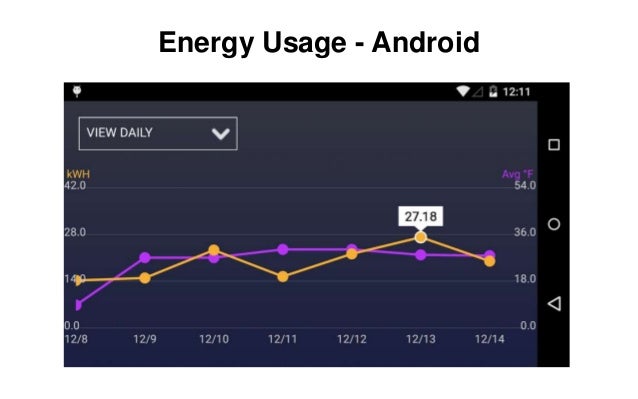

It’s hard to talk seriously about automation and modernization if critical applications can’t even handle restarting-especially when Kubernetes is supposed to be part of the solution. These 1-factor apps, as VMware’s James Watters calls them, can be a litmus test for whether a company is really committed to a large-scale modernization effort. Rather than throwing up your arms in exasperation at the prospect of such a Herculean chore, you might instead decide to make sure all your important applications-even those that will remain monoliths for the foreseeable future-at least adhere to a single factor: the ability to restart quickly and reliably. “Do you understand your app well enough to restart it and trust it will come back up?” - James Watters, VMware Modernizing a couple of mission-critical monoliths around these criteria can be a challenge that takes several months-modernizing a whole portfolio could take forever (in IT years, at least). Inside many large enterprises-the types of organizations that can’t afford to “move fast and break things”-are hundreds or thousands of legacy applications that aren’t so easily dismantled and refactored as modern 12-factor apps. Or, more specifically, not all applications are greenfield creations designed with modern tooling, practices, and architectures in mind. However, not all applications are created equal. For a certain class of application built in a certain type of environment-the authors call out modern web apps-the 12 factors remain the gold standard in architecture.

It’s a set of principles first published by the team at Heroku (one of the early cloud-based platform-as-a-service offerings), based on their personal experiences as well as what they witnessed from the many applications running on the platform. Almost everyone who’s spent any time around application development and architecture over the past decade has come across the 12-Factor App.


 0 kommentar(er)
0 kommentar(er)
